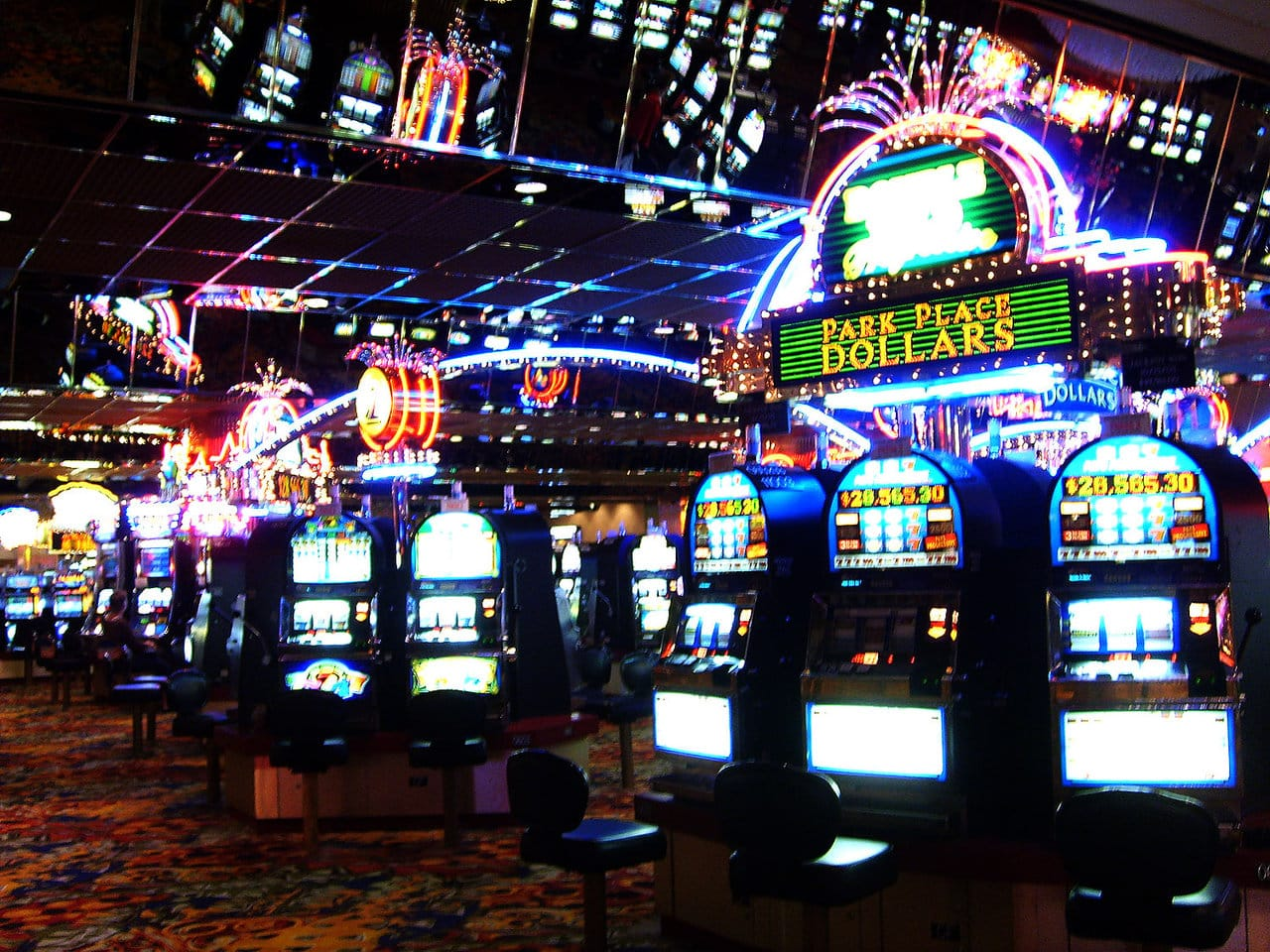
Gambling games have long captured the imagination of humans around the planet, becoming an essential part of both entertainment and society. From the glimmering lights of Las Vegas to the engaging experience of internet gambling, these activities evoke enthusiasm, danger, and sometimes even a sense of sentimentality. They are not just just pastimes; they have woven themselves into the tapestry of human experience, influencing everything from movies and melodies to style and books.
The appeal of casino games goes beyond the gambling aspect, tapping into larger themes of serendipity, possibility, and psychology. As players convene around a card table or spin the roulette wheel, they engage in an age-old ritual that echoes with our shared desire for thrill and instability. This obsession has led to the rise of countless references in films, tracks, and gaming, showcasing how deeply entrenched these games are in popular culture. Whether it is the intense drama of a traditional heist movie or the colorful nightlife portrayed in videos, casino games have carved out a substantial place that reflects our bond with reward.
Social Significance of Gambling Activities
Gambling games have played a pivotal role in social aspects throughout the ages. Originating from old societies, games of chance were often linked to rituals or events. For instance, early forms of gambling can be linked back to historic Chinese and the Romans, where dice games and wagering on outcomes were popular pastimes. These games not only served as entertainment but also as methods of connecting people, facilitating relationships among individuals within communities.
As cultures evolved, so did the sophistication and structure of casino games. The establishment of formal casinos in the 17th century, particularly in Italy, marked a notable shift in how games were perceived and structured. With specific spaces for gambling, the casino became a social hub where patrons from different backgrounds gathered. This evolution contributed to the validation of gambling, transforming it from a mere pastime into an organized industry that shaped the economy and regulations.
The impact of casino activities on popular culture cannot be understated. As they were brought into the limelight in literature and movies, games such as Texas Hold’em and 21 became icons of risk, luck, and strategy. CPC2888 Famous figures and stories have developed around these games, illustrating societal views towards fortune, wealth, and vice. This interest with gambling games has infiltrated various forms of media, solidifying their status in the public imagination and connecting them to wider cultural stories throughout the ages.
Representation of Gambling Games in Media
Casino games have long been a popular theme in various forms of media, reflecting both the thrill and nuances of the world of gambling. Films such as Ocean’s 11 and Casino Royale portray individuals who navigate intense situations, showcasing not only the appeal of the casino atmosphere but also the tactics and judgments that come with playing popular games like Texas Hold’em and blackjack. These movies often dramatize the excitement of winning and the potential consequences of losing, encapsulating the risks involved in gambling.
Television shows have also explored the universe of gambling activities, often integrating them into the narrative as a backdrop for story progression and tension. Series like Las Vegas depict the experiences of gambling employees and casino-goers, highlighting the vibrant, often disorderly energy of the gaming floor. Docuseries featuring intense betting contests further emphasize the appeal of casino games, drawing viewers into the drama and tactics involved in each round. Through these depictions, media not only amuses but also stimulates conversations about luck, expertise, and the nature of randomness.
Gaming have increasingly included gambling activities into their structure, allowing players to experience the experience of gambling without financial risk. Titles within the realm of online gaming often include virtual slots, poker, and other popular casino games, creating an engaging environment that mirrors traditional gambling. These digital representations make casino games accessible to a broad demographic, appealing to both gamblers and those who enjoy the excitement of virtual experiences. As a result, the portrayal of casino games in media continues to shape societal views and cultural significance, highlighting their function in society and the cultural landscape.
Effect of Gambling Activities on Society
Casino games have a meaningful effect on society, influencing multiple aspects of culture and interpersonal behavior. They often function as a platform for community engagement, where people gather to experience a common activity. Game nights with friends or trips to casinos become social activities that build connections and create shared moments. This collective aspect enhances the fun value of casino games, making them a popular choice for festivities and leisure activities.
Additionally, gambling activities have been depicted in countless films, television shows, and written works, influencing views and opinions towards gambling and betting. Icons like James Bond playing baccarat or the intense poker scenes in films have embedded these games in the collective imagination. This representation often glamorizes the culture associated with casino activities, attracting new players and impacting trends in both style and conduct. These portrayals can ignite curiosity and lead to a deeper exploration of the intricacies of gambling.
Nonetheless, there are also adverse consequences linked to the popularity of casino games. The temptation of quick monetary gain can lead to problem gambling and economic troubles for some individuals. Society must grapple with these consequences, promoting responsible gambling and awareness of the dangers involved. Finding a balance between the fun aspect of gambling activities with the potential for harm is crucial to ensure that they remain a positive aspect of our cultural landscape.
